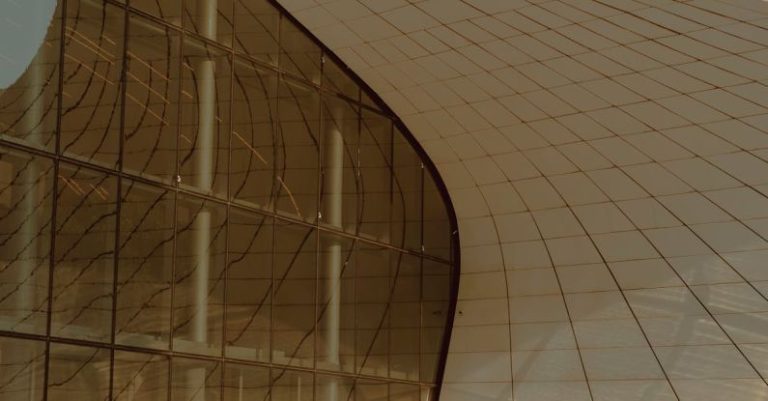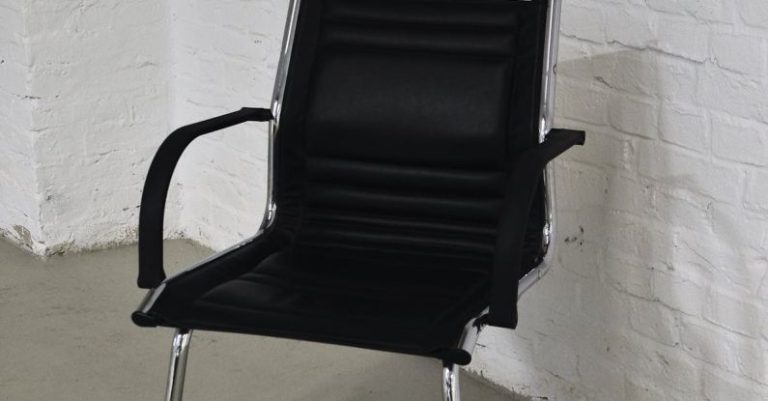Composite Materials in Self-healing Concrete: the Future of Construction
The construction industry is constantly evolving, with new technologies and materials revolutionizing the way we build structures. One such innovation that is gaining traction in the industry is self-healing concrete, which incorporates composite materials to enhance its durability and longevity. This cutting-edge approach to construction holds the promise of significantly reducing maintenance costs and extending the lifespan of buildings and infrastructure. In this article, we will explore the role of composite materials in self-healing concrete and how this technology is shaping the future of construction.
Enhancing Durability with Self-healing Concrete
Traditional concrete structures are prone to cracks and deterioration over time, leading to costly repairs and maintenance. Self-healing concrete offers a sustainable solution to this problem by integrating healing mechanisms that can autonomously repair cracks and prevent further damage. This innovative technology not only improves the durability of concrete structures but also reduces the need for frequent repairs, making it a cost-effective and environmentally friendly choice for construction projects.
The Role of Composite Materials
Composite materials play a crucial role in the development of self-healing concrete. These materials are engineered to have specific properties that enhance the performance of the concrete and enable it to heal itself when damaged. By incorporating composite materials such as microcapsules, shape-memory polymers, and fibers into the concrete mix, researchers have been able to create a material that can repair cracks and restore its structural integrity without human intervention.
Microcapsules are tiny containers filled with a healing agent that is released when the concrete is damaged. When cracks form in the concrete, the microcapsules rupture, releasing the healing agent into the crack and allowing it to react with other compounds in the concrete to form a solid seal. This process mimics the natural healing ability of living organisms and helps prevent further deterioration of the structure.
Shape-memory polymers are another type of composite material used in self-healing concrete. These polymers have the unique ability to revert to their original shape when subjected to specific stimuli, such as heat or pressure. When incorporated into concrete, shape-memory polymers can fill in cracks and gaps by expanding and contracting in response to changes in temperature or stress, effectively repairing the damage and restoring the structural integrity of the material.
Fibers are also commonly used in self-healing concrete to reinforce the material and improve its mechanical properties. By adding fibers such as carbon nanotubes or steel fibers to the concrete mix, researchers can enhance its tensile strength and toughness, making it more resistant to cracking and deformation. These fibers act as a scaffold within the concrete, providing support and reinforcement to help prevent cracks from forming and spreading.
The Future of Construction
Self-healing concrete has the potential to revolutionize the construction industry by offering a sustainable and cost-effective solution to common structural problems. By incorporating composite materials into concrete mixes, researchers can create durable and resilient materials that can repair themselves when damaged, reducing the need for costly maintenance and repairs. As this technology continues to evolve and improve, we can expect to see more widespread adoption of self-healing concrete in construction projects around the world.
In conclusion,
The development of self-healing concrete using composite materials represents a significant advancement in construction technology. By harnessing the healing properties of these materials, engineers and researchers are paving the way for a more sustainable and resilient built environment. As we look to the future of construction, self-healing concrete offers a promising solution to the challenges of maintaining and preserving our infrastructure for generations to come.






